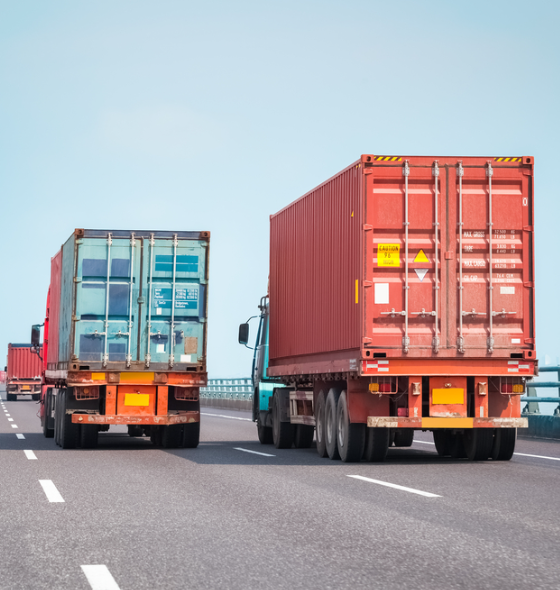
The Advantages of Intermodal Transportation in the Supply Chain
In the modern supply chain, efficiency and reliability are key to maintaining smooth operations. However, issues like labor shortages, supply chain disruptions, and aging infrastructure can pose significant challenges. To combat these obstacles, many businesses are turning to intermodal transportation to enhance their operations. By combining various modes of transport, intermodal systems provide a more optimized, cost-effective, and sustainable way to move goods from one point to another.
What is Intermodal Transportation?
Intermodal transportation involves using two or more modes of transport, such as rail, truck, and ship, to move goods within the supply chain. This approach relies on standardized containers that make it easier to transfer goods between different transportation methods without additional handling. These containers not only protect the goods but also streamline the process, making it more efficient and less labor-intensive.
Key Benefits of Intermodal Transportation
- Faster Delivery Times
Intermodal transportation can reduce delivery times significantly. By choosing the most efficient transportation mode for each segment of the route, businesses can ensure quicker overall transit. The use of specialized containers also helps streamline the process, further reducing delays. - Lower Shipping Costs
One of the primary reasons companies turn to intermodal transportation is cost savings. Rail, for instance, is generally more fuel-efficient over long distances compared to trucks, which helps lower overall shipping expenses. With the right combination of transport modes, companies can find the most cost-effective route for their shipments. - Reduced Wear on Infrastructure
The U.S. faces aging infrastructure, including roads, bridges, and rail lines, which can cause supply chain disruptions when repairs or maintenance are required. Intermodal transportation helps reduce the strain on highways and bridges, minimizing the need for costly repairs and reducing the potential for delays. - Increased Security
Rail and container shipping are generally less vulnerable to theft compared to road transport. The standardized containers used in intermodal systems offer enhanced security, ensuring that goods are protected throughout the journey. This reduces the likelihood of cargo theft, which can be costly and time-consuming to resolve. - Improved Safety for People and Products
By relying less on trucks, intermodal transportation can reduce the number of accidents on the road. This is beneficial not only for truck drivers but also for other road users. Additionally, since goods are packaged in secure containers that are transferred without being re-handled, there is less chance of damage during the journey. - Environmental Benefits
Intermodal transportation offers environmental advantages as well. For example, trains are more fuel-efficient than trucks, and shipping by sea generates fewer emissions than air transportation. By utilizing more sustainable modes of transport, businesses can reduce their carbon footprint and contribute to a greener supply chain.
Challenges to Overcome
Despite its many advantages, intermodal transportation does face challenges. In the U.S., infrastructure improvements are sorely needed. While the Infrastructure Investment and Jobs Act has earmarked billions for infrastructure upgrades, it will take time to see significant improvements. Delays caused by outdated roads, rail lines, and ports can lead to inefficiencies that impact the overall supply chain.
Another concern is security. Cargo thefts have increased significantly in recent years, causing substantial losses for businesses and raising concerns about worker safety. These thefts not only cost companies millions but also contribute to rising consumer prices.
The Future of Intermodal Transportation
As consumer demand continues to rise, supply chain optimization remains a top priority. Intermodal transportation, with its cost, efficiency, and environmental benefits, remains one of the most effective solutions. However, for it to reach its full potential, sustained investment in infrastructure is crucial. As improvements to the nation’s roads, rail systems, and ports unfold, intermodal transportation will continue to grow and evolve, helping businesses stay competitive in an increasingly complex global market.